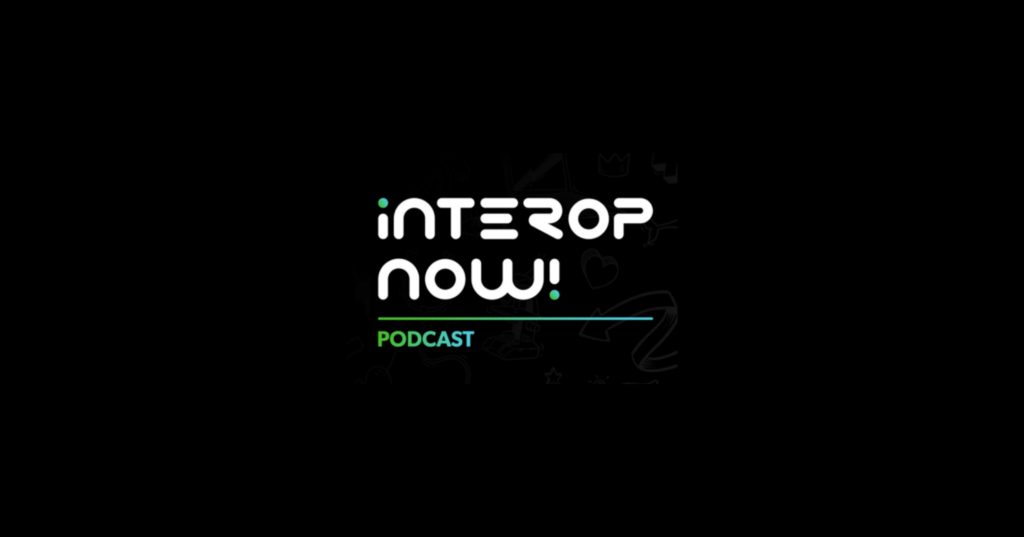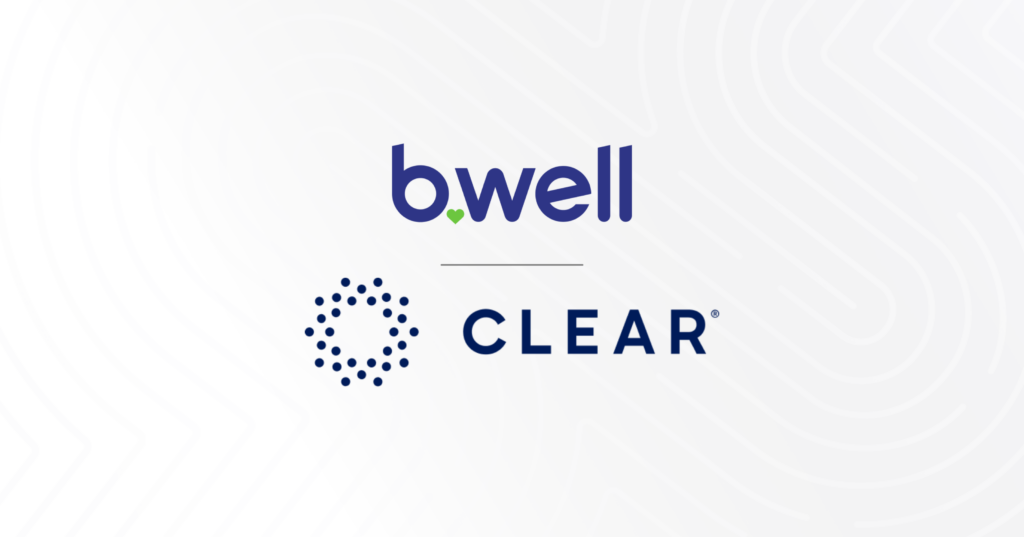Consumer-centric identity solutions have the potential to create a world where healthcare seamlessly connects consumers, providers, and services into one cohesive experience making fragmented data silos and administrative hurdles a thing of the past. In this blog post, we will dive into the exciting possibilities that these solutions offer to accelerate growth within the healthcare industry. So get ready to explore how consumer-directed data, federated identity, and regulatory tailwinds are transforming healthcare for the better.
The Power of Consumer Demands
The landscape of healthcare is evolving, and with it comes increased demands. Consumers now expect a streamlined and personalized healthcare experience that caters to their needs. Gone are the days of clunky processes and fragmented services. Instead, consumers are driving the shift towards a connected health ecosystem where all providers and solutions seamlessly work together. To meet these demands, healthcare organizations need to embrace consumer-centric identity solutions that put individuals at the center of their care journey.
Regulatory Tailwinds & the Need for Consumer-Centric Identity Solutions
The surge towards consumer-centric identity solutions is not only driven by consumer demands but also supported by regulatory tailwinds. The regulatory landscape is increasingly pushing for improved interoperability and data access. This empowers consumers to take control of their health information while also improving care delivery. Initiatives such as the 21st Century Cures Act and ONC’s final rule on Information Blocking are paving the way for a more connected healthcare ecosystem. These regulations provide a foundation upon which innovative solutions can thrive, ultimately benefiting both healthcare consumers and providers.
Enter the Identity Assurance Level 2 (IAL2) Security Standard. One critical aspect of consumer-centric identity solutions is the advancement of IAL2 as the preferred security standard for digital verification. IAL2 ensures that consumers’ identity is established and verified with a high level of certainty, reducing the risk of fraud or identity theft.
By adopting IAL2, healthcare organizations can confidently leverage consumer-directed data while maintaining a secure environment. This technology advancement allows for an improved consumer experience by reducing friction and ensuring data privacy.
Reducing Friction for Caregivers and Consumers
Consumer-centric identity solutions play a vital role in reducing friction for consumers as they navigate the healthcare system. No longer will healthcare consumers face the frustrating task of filling out multiple forms and repeating their medical history at every encounter. With these solutions, consumers can easily access their comprehensive health records, share them effortlessly with providers, and make informed decisions about their care. The result? Better access to healthcare, improved outcomes, and a significantly reduced administrative burden!
Connected healthcare doesn’t just benefit consumers. It also enhances caregiver connectivity, enabling better collaboration between healthcare providers. With consumer-centric identity solutions, care teams can seamlessly exchange critical healthcare consumer data, bridging gaps in care and promoting a holistic approach to healthcare delivery. Whether it’s a primary care physician, specialist, or even a family member, everyone involved in a consumer’s care journey can access the necessary information. This leads to improved coordination and better health outcomes.
Closing Care Gaps for Consumers
Another remarkable advantage of consumer-centric identity solutions is their ability to close care gaps for consumers. By aggregating health data from multiple sources into a unified record, these solutions empower consumers to proactively manage their health and address any gaps in care. From medication adherence to preventive screenings, consumers can receive targeted reminders and interventions based on their unique health profile. This personalized approach has the potential to revolutionize preventative care and reduce the burden on the healthcare system.
Solving Healthcare Portal-itis with Consumer-Centric Identity Solutions
One of the prominent partnerships enabling the build-out of connected health ecosystems is between b.well Connected Health and CLEAR. Together, we are revolutionizing how healthcare organizations harness consumer-directed data and federated identity to drive meaningful business outcomes. Through this collaboration, consumers gain unprecedented control over their health information, enabling them to seamlessly access healthcare services, share data securely, and improve care coordination.
The shift towards a connected health ecosystem is happening, and consumer-centric identity solutions are at the forefront of this transformation. By embracing regulatory tailwinds, leveraging IAL2 security standards, and partnering with organizations like b.well and CLEAR, healthcare providers can accelerate growth, improve healthcare outcomes, and reduce administrative burdens. The future of healthcare lies in empowering consumers to take control of their care journey and fostering collaboration between all stakeholders. So let us embrace consumer-centered solutions, unlock the power of connected healthcare, and shape a brighter future.
To learn more about the role of connected health ecosystems, check out our webinar with our valued partner, CLEAR, and get a sneak peek of the partnership in action!



